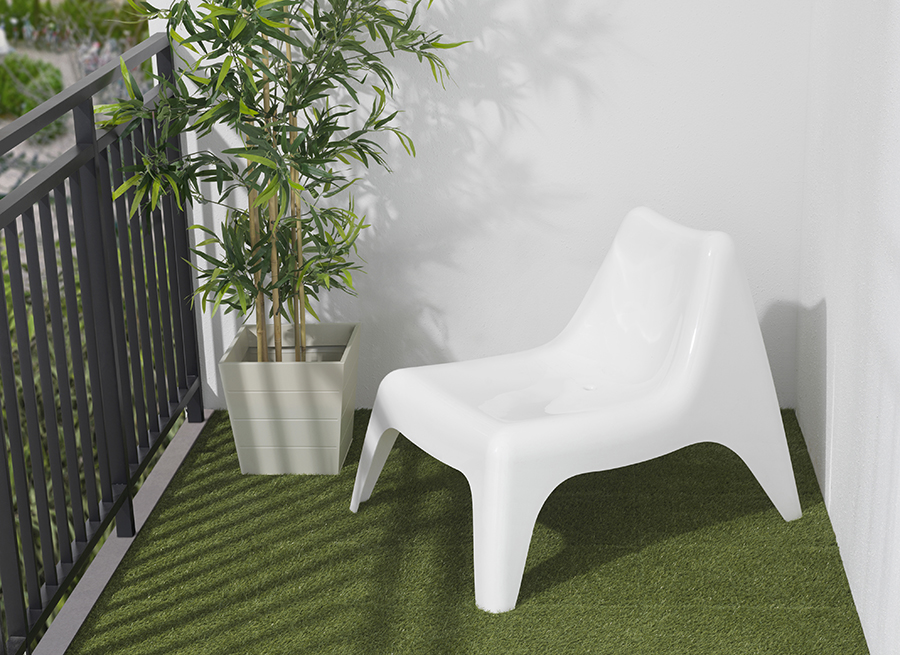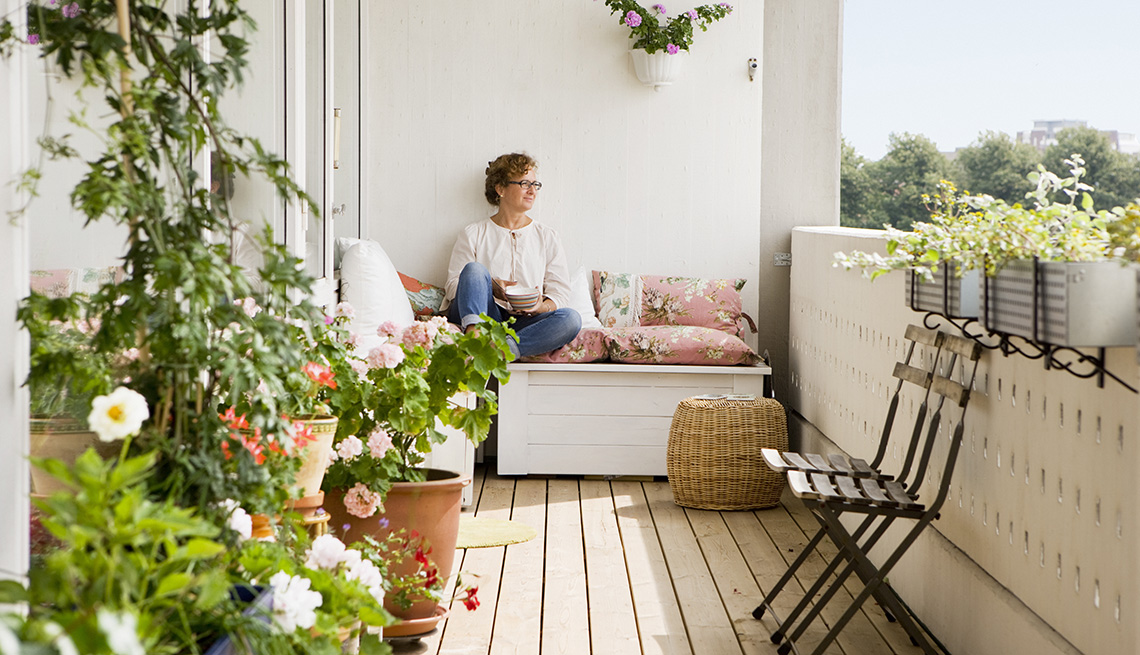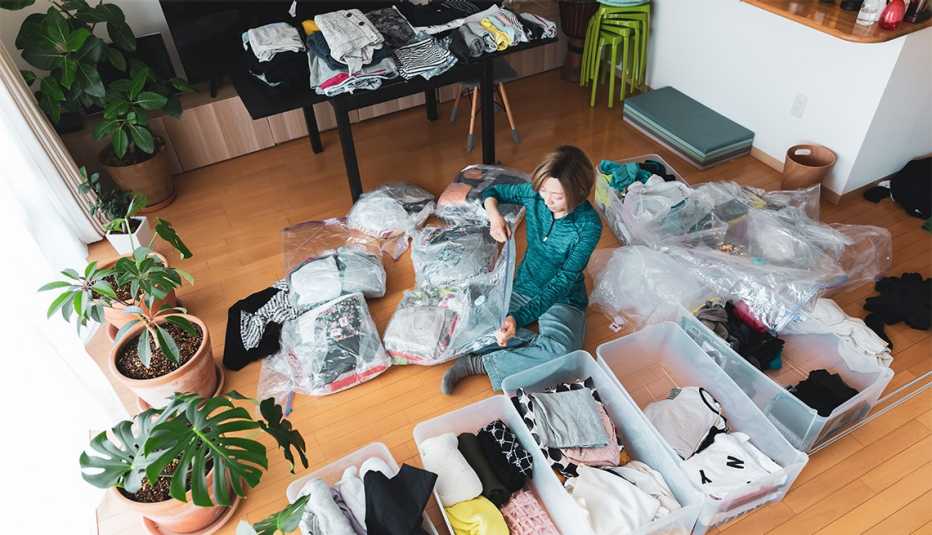Staying Fit
If you're an apartment or condo dweller and COVID-19 is cramping your style, perhaps it's time to reimagine an often-ignored "room" in your home: the balcony.
Whether tiny or spacious, the balcony is a good place to experiment: Ditch the dull and transform your balcony from so-so to sensational.


AARP Membership— $12 for your first year when you sign up for Automatic Renewal
Get instant access to members-only products and hundreds of discounts, a free second membership, and a subscription to AARP the Magazine.
"A balcony is a space that's part of your home and something that you usually pay extra to have. So why not make the most of it?” says Isabelle LaRue, 50, a building engineer turned balcony guru and creator of the web series Engineer Your Space. “You can be whimsical. You can try new things because it's outside."


Lots of elements contribute to a balcony transformation, LaRue says, including privacy, comfortable seating, fabulous floors, plants and lighting. LaRue suggests people create an escape, sort of a standing staycation.
"Make it feel like you're going somewhere else, like another room, another space entirely,” LaRue says.
1. Create an outdoor sense of privacy and comfort
Wood panels, faux boxwood greenery and other materials are useful to create a sense of privacy, LaRue says. You can also use lattice panels, roller shades or weather-resistant fabric to screen your outdoor space from others.
When it comes to seating, big-box stores like Ikea, Home Depot and Lowes offer many outdoor options. “However, for those willing to put in a little bit of sweat equity, DIY benches and chairs are relatively quick and very inexpensive to build,” says LaRue, who posts how-to videos for building benches on her website.
Outdoor rugs come in all shapes and sizes. And if they're classified as outdoor-friendly, it means they are made from synthetic fibers such as nylon, polyester or polypropylene — a fade-resistant material that repels mold, mildew and stains. Rugs made from polypropylene can be hosed down and even bleached in place. Look for rugs constructed with a flat weave, which is more durable and less likely to shed fibers.
Ikea's Runnen tiles are a favorite for renters because they are easy to install and require no glue or hardware. They can be picked up and packed away for your next space. They come in wood-floor style, faux lawn and decorative tiles.




































































